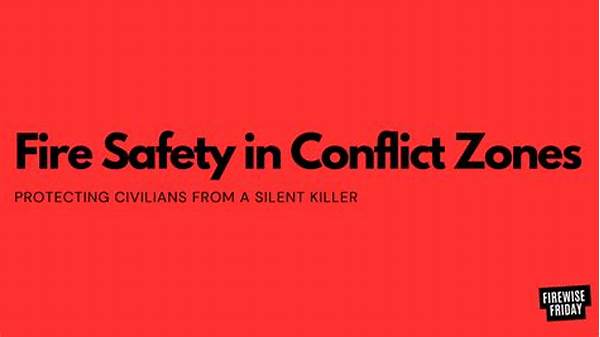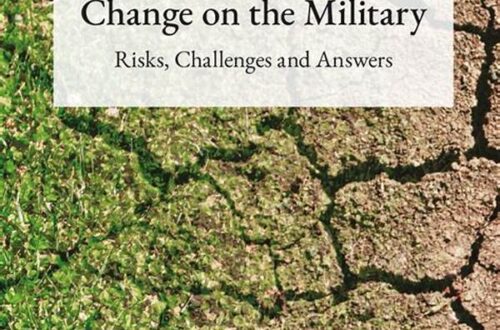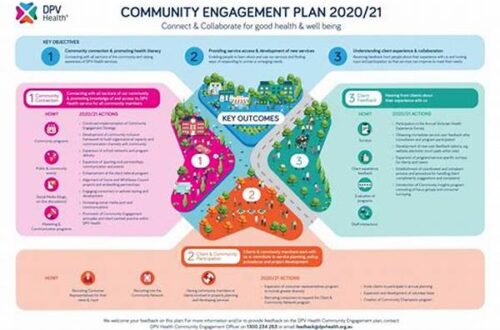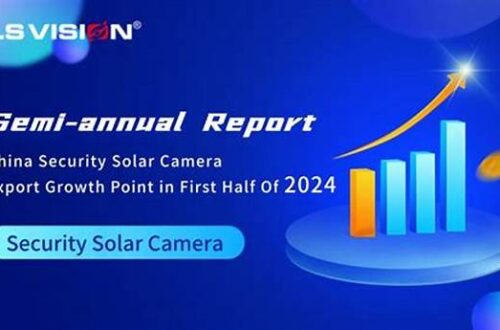In the turbulent landscapes of war-affected regions, the protection of sources is a matter of utmost importance. Journalists and media professionals operating in such environments face immense challenges as they strive to deliver accurate and timely information. The following sections explore various aspects of protecting sources in war zones, offering insights into the complexities and strategies involved.
The Importance of Protecting Sources
In war zones, the stakes are incredibly high for journalists, their sources, and the information they aim to convey. Protecting sources in war zones is not only a matter of journalistic integrity; it is also a crucial aspect of ensuring the safety and survival of those who risk their lives to provide critical information. The identities of sources must be safeguarded to prevent them from becoming targets of retribution by hostile entities or governmental forces.
Journalists rely heavily on the trust built with their sources, particularly in war-torn areas where the flow of information can be obstructed by chaos and danger. Protecting sources in war zones involves implementing various measures to maintain anonymity and confidentiality. These can include encrypted communications, pseudonyms, and secure storage of sensitive data. Failure to protect sources can lead to severe consequences, both for those providing information and the journalists themselves.
Moreover, the ethical responsibility of protecting sources in war zones extends beyond the immediate news cycle. The long-term implications for individuals and communities can be profound if confidentiality is breached. Journalists must weigh the risks and benefits of information disclosure carefully, always prioritizing the safety and rights of their sources. The following sections will delve deeper into the means and methods of safeguarding these essential contributors to war reporting.
Strategies for Source Protection
1. Encrypting communications is essential for protecting sources in war zones. By using advanced encryption tools, journalists ensure the confidentiality of their interactions with sources, safeguarding sensitive information from interception.
2. Anonymizing identities plays a crucial role in protecting sources in war zones. Assigning pseudonyms and removing identifiable details in reports can prevent potential threats to the source’s life and family.
3. Implementing secure data storage systems is pivotal for protecting sources in war zones. These systems protect sensitive information from unauthorized access, ensuring the confidentiality and integrity of data shared by sources.
4. Training and educating journalists about cybersafety is vital for protecting sources in war zones. Through workshops and simulations, journalists learn how to counter digital threats and implement best practices for source protection.
5. Building trust is foundational for protecting sources in war zones. Establishing strong relationships with sources based on confidentiality and integrity enables the flow of accurate and unhindered information.
Technological Tools for Safety
In the digital age, technology has become both an ally and a threat in war zones. To effectively protect sources in such environments, journalists must leverage technological tools to enhance security protocols. Encryption software is one of the most indispensable tools, allowing for secure communication and information exchange between journalists and their sources. By encrypting emails, messages, and files, journalists can significantly reduce the risk of interception by hostile entities.
Furthermore, virtual private networks (VPNs) play a crucial role in protecting sources in war zones. By masking the Internet protocol (IP) address and encrypting data traffic, VPNs ensure that the online activities of journalists and their sources remain private and secure. Additionally, the use of secure messaging apps with end-to-end encryption further protects the confidentiality of sensitive exchanges. These technological measures are instrumental in maintaining the anonymity and safety of those who contribute vital information from war zones.
Nevertheless, it is important to acknowledge the limitations of technology. While these tools provide a layer of security, they are not foolproof and require journalists to remain vigilant against evolving threats. Continuous training and updates in digital security practices are essential to keeping pace with emerging cyber risks. By combining technology with strategic foresight and caution, journalists can better safeguard their sources in volatile regions.
Legal and Ethical Considerations
Navigating the legal landscape is a significant aspect of protecting sources in war zones. Journalists must be acutely aware of the legal protections—and limitations—afforded to them and their sources under international and local laws. Understanding the legalities surrounding source protection, including any existing whistleblower protections, is crucial for mitigating risks and ensuring compliance with legal requirements.
Ethically, protecting sources in war zones requires adherence to high standards of journalistic integrity. Journalists must balance the need for transparency and public interest with their duty to protect those who provide information. This often involves difficult decisions, such as withholding certain details or delaying publication to prevent harm to sources. Ethical frameworks serve as guides for journalists to navigate these complex scenarios, ensuring that the protection of sources remains a priority.
Furthermore, collaboration with legal experts and human rights organizations can enhance the protection of sources by providing additional resources and support. These partnerships can offer valuable insights into effective strategies and potential ramifications of revealing source identities. Legal and ethical considerations are thus integral to the broader efforts of shielding sources from the myriad dangers associated with war reporting.
Challenges Faced by Journalists
The task of protecting sources in war zones is fraught with challenges that impact both journalists and their informants. One of the most significant obstacles is the ever-present risk of surveillance and monitoring by state actors and militant groups. Journalists must constantly adapt to new surveillance tactics employed by these entities, which include hacking, intercepting communications, and deploying informants.
Moreover, the unpredictable nature of conflict zones exacerbates the difficulties in protecting sources. Rapidly changing conditions, such as sudden outbreaks of violence or shifting territorial control, can compromise the safety and confidentiality of sources. Journalists often operate with limited resources, making it challenging to implement comprehensive safety measures in such volatile environments.
The psychological toll on journalists and their sources is another factor that cannot be overlooked. The constant pressure of ensuring personal safety, coupled with the mission to convey accurate information, can lead to stress and burnout. Furthermore, sources who risk their lives to share information may face severe emotional distress and anxiety over potential repercussions. Addressing these challenges requires a multifaceted approach, incorporating both technical solutions and emotional support mechanisms to alleviate the burden faced by those on the frontlines of war reporting.
Psychological Impact on Sources
The psychological wellbeing of sources in war zones is a crucial consideration for journalists entrusted with their protection. Providing information from such tumultuous environments often exposes sources to high levels of stress and fear. The threat of potential retaliation, either from hostile groups or even their community, can lead to anxiety and a pervasive sense of insecurity. This psychological burden is exacerbated by the ever-present danger that surrounds their circumstances.
Understanding and mitigating these psychological impacts is essential for protecting sources in war zones. Journalists have a responsibility to prioritize the mental health of their sources through empathetic communication and by ensuring the security of their shared information. Offering emotional support and access to psychological counseling can provide relief to sources facing the daunting reality of their situation.
Moreover, journalists must cultivate a comprehensive understanding of the cultural and social contexts in which their sources operate. Sensitivity to these factors can guide the approach to interacting with sources, ensuring that their voices are not silenced by fear. By acknowledging and addressing the psychological ramifications of war reporting, journalists can contribute to the resilience and fortitude of their sources, ultimately enabling them to continue sharing critical narratives.
Summary and Recommendations
In summary, protecting sources in war zones is a multifaceted endeavor that necessitates a comprehensive approach, involving secure communication technologies, legal acumen, ethical responsibility, and an understanding of psychological impacts. The role of technology is indispensable, as encryption and secure communications lay the groundwork for maintaining source confidentiality against hostile interception. Moreover, navigating the legal intricacies surrounding source protection ensures compliance and provides journalists a framework for safeguarding their informants.
The ethical dimension of protecting sources underscores the moral obligation journalists have to those who risk their lives to provide information. Adhering to principles of integrity, journalists must judiciously assess the risks of disclosing information while prioritizing the safety and anonymity of their sources. Additionally, recognizing the psychological toll on sources is pivotal. Journalists can better support their informants by fostering communication that is both empathetic and culturally informed.
Ultimately, the strategies for protecting sources in war zones must adapt to the evolving nature of threats in such regions. Continuous training in digital security, collaborative efforts with legal experts, and the commitment to ethical standards form the backbone of effective source protection. By addressing these various elements head-on, journalists can ensure that the vital voices from war-torn areas continue to enrich and inform the global community.





